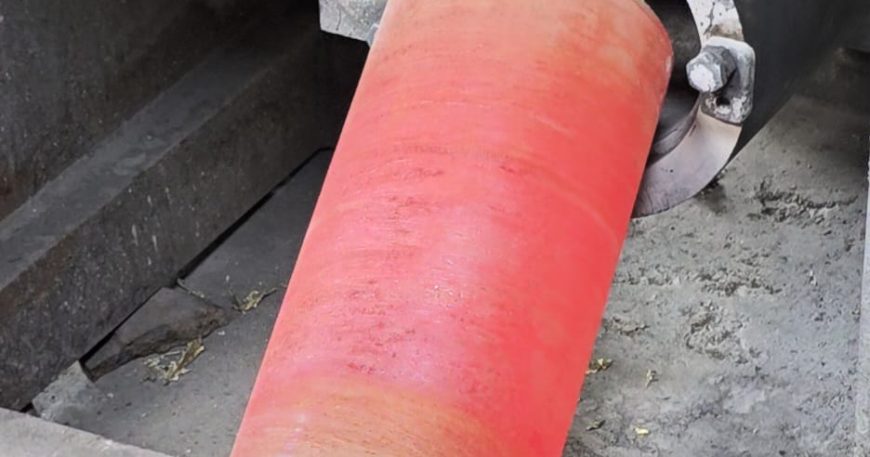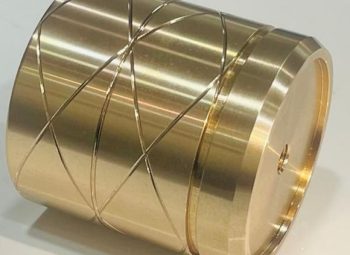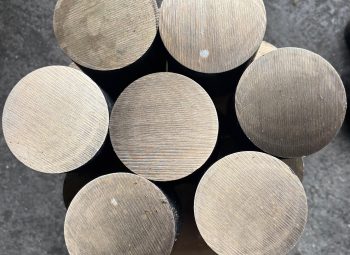Centrifugal casting is a specialized metal casting process where molten metal is poured into a mold that rotates at high speed. The centrifugal force generated by this rotation forces the molten metal against the mold walls, creating a dense and uniform casting with improved mechanical properties. Bronze, an alloy of copper and tin, is a common material used in centrifugal casting due to its excellent corrosion resistance, wear resistance, and machinability.
Process:
- Mold Preparation: A cylindrical mold, often made of steel or ceramic, is prepared. The inside of the mold may be coated with a release agent to facilitate easy removal of the casting.
2. Melting: The bronze alloy is melted in a furnace to the appropriate temperature.
- Pouring: The molten bronze is poured into the spinning mold through a central sprue.
- Solidification: The centrifugal force distributes the molten metal evenly against the mold walls, ensuring a uniform thickness and minimizing porosity. The mold continues to rotate until the bronze solidifies.
Cooling: Once solidified, the mold is cooled, and the casting is removed.
Machining (Optional): The casting may undergo machining to achieve precise dimensions and surface finishes.
Advantages of Bronze Centrifugal Casting:
- Improved Mechanical Properties: The dense and uniform structure resulting from centrifugal casting enhances strength, hardness, and wear resistance.
- Consistent Wall Thickness: The centrifugal force ensures a consistent wall thickness throughout the casting, minimizing variations and improving dimensional accuracy.
- Reduced Porosity: The high pressure exerted by the centrifugal force minimizes the formation of gas pockets and other defects, leading to a more sound and reliable casting.
- Efficient Production: Centrifugal casting is a relatively fast and efficient process, making it suitable for mass production of cylindrical components.






